The key to achieving efficient and seamless slitting of film slitting machines lies in accurately controlling the entire slitting process, ensuring quality and efficiency through intelligent technology and process optimization. Here's a step-by-step breakdown:
1. Raw material preparation and pretreatment
• Material Inspection: Use laser thickness gauges or infrared scanning to detect film thickness, tension uniformity, and ensure no bubbles, impurities, or imperfections.
• Pretreatment: Adjust the ambient temperature and humidity (e.g., 25°C±2°C, humidity 50%±5%) according to the material characteristics (e.g., PET, BOPP, PE), and eliminate static electricity (<50V) if necessary.
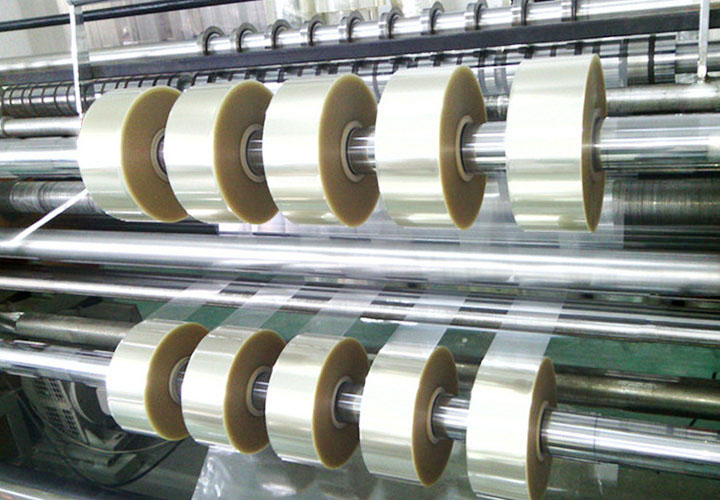
2. High-precision unwinding control
• Constant tension system: using magnetic particle brake or servo motor, tension control accuracy up to ±0.5N (if the initial tension is set to 100-200N, adjusted according to thickness).
• Correction device: Photoelectric or ultrasonic sensor monitors the edge position in real time, with a correction accuracy of ± 0.1mm, avoiding serpentine belts.
3. Slitting process optimization
• Tool selection:
◦ Circular knife slitting: suitable for high-speed slitting (600m/min), insert hardness HRC60-65, angle 30°-45°.
◦ Razor slitting: used for ultra-thin films (< 10 μm), the knife edge gap is controlled at 0.5-1 μm.
• Dynamic adjustment: The online monitoring system (such as CCD camera) provides real-time feedback on the slitting quality, automatically adjusting the knife pressure (such as 20-50N) and angle.
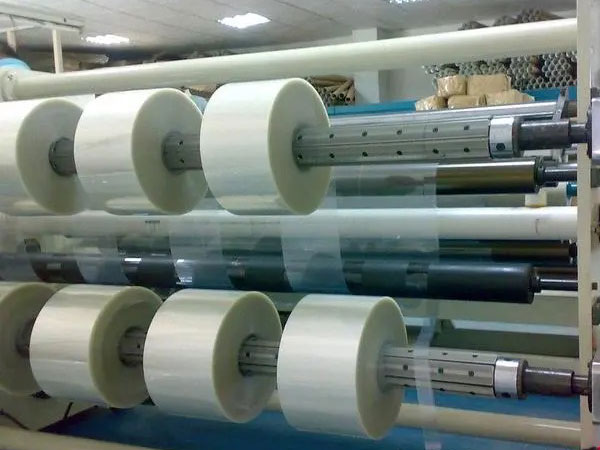
4. Intelligent control system
• PLC+HMI: Preset slitting parameters (width tolerance ±0.05mm) to automatically match different material formulas.
• Big data analysis: record historical data (e.g. 500 slitting logs) to optimize process curves and reduce scrap rates (<0.3%).
5. Winding technique
• Surface coiling/center coiling:
◦ Surface coiling for highly elastic film, contact pressure 50-80kPa;
◦ The central winding adopts servo motor, taper tension control (initial tension decrease by 10%-20%).
• Automatic reel change: The manipulator rewinding time < 3 seconds to ensure continuous production.
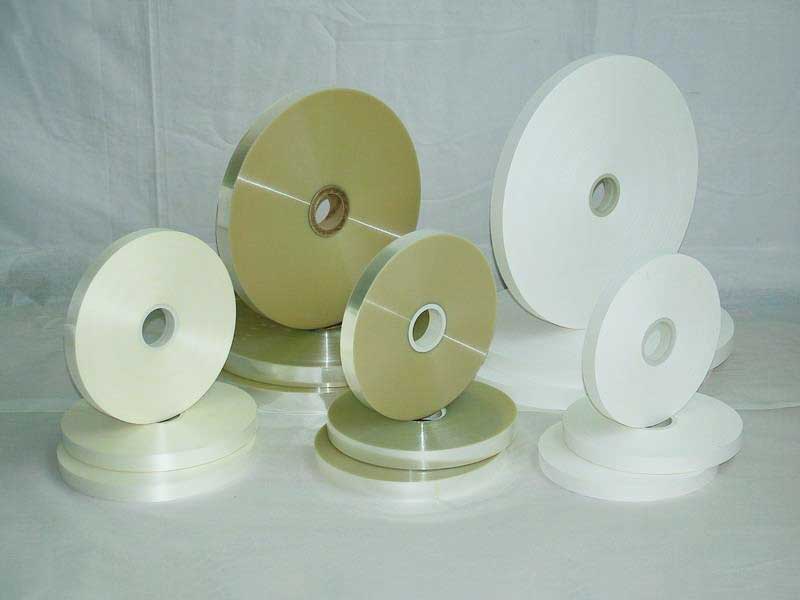
6. Quality inspection and feedback
• Online inspection system: Infrared scanner detects slitting edge burrs (<5μm) and rejects defective products in real time.
• Defect classification: AI image recognition systems distinguish between scratches, folds, and other defects, with a classification accuracy of > 99%.
7. Maintenance and upgrades
• Preventive maintenance: lubricate the guide every 8 hours and replace the tool every 500 hours.
• Modular design: quick-change tool holder (change time < 5 minutes) to support future upgrades (e.g. addition of laser slitting heads).
Key points for efficiency improvement
• Speed and Accuracy Balance: Maintains ±0.1mm slitting accuracy at 600m/min speed.
• Energy consumption optimization: The inverter motor saves energy by 30%, and the scrap recycling system reduces losses.
Through the integration of the above technologies, modern film slitting machines can achieve 24-hour continuous production, with a yield rate of more than 99.5%, meeting high-precision requirements such as photovoltaic backplanes and lithium battery separators. The core lies in the deep integration of mechanical precision, real-time feedback, and intelligent algorithms.
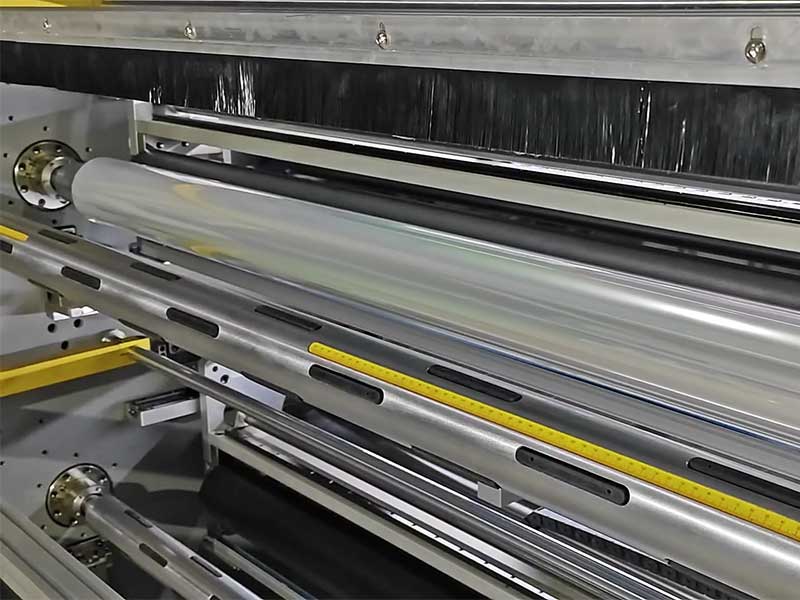 Intelligent deviation correction: the "invisible guardian" of automotive film slitting machine
Intelligent deviation correction: the "invisible guardian" of automotive film slitting machine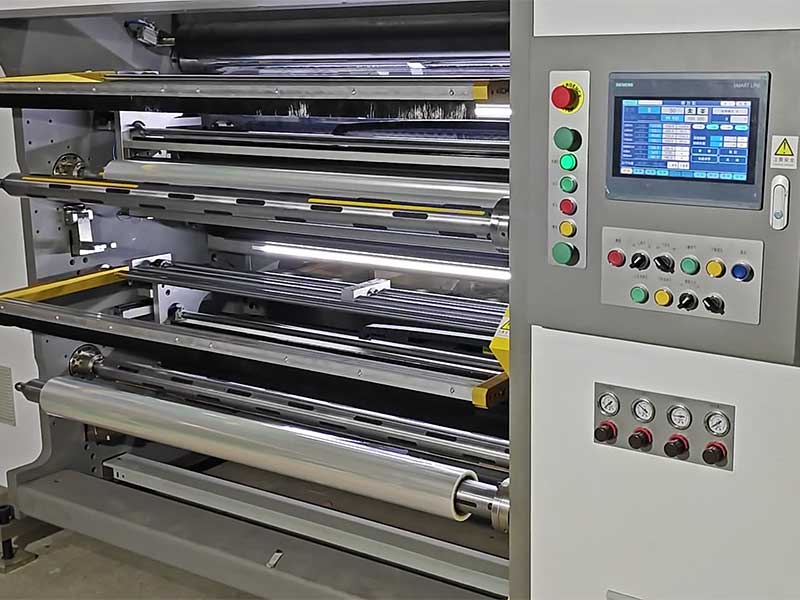 Film revolution: an intelligent cutting knife, how to cut out the new profit space of the automotive film industry?
Film revolution: an intelligent cutting knife, how to cut out the new profit space of the automotive film industry? Your film material, film slitting machine to "tailor"
Your film material, film slitting machine to "tailor"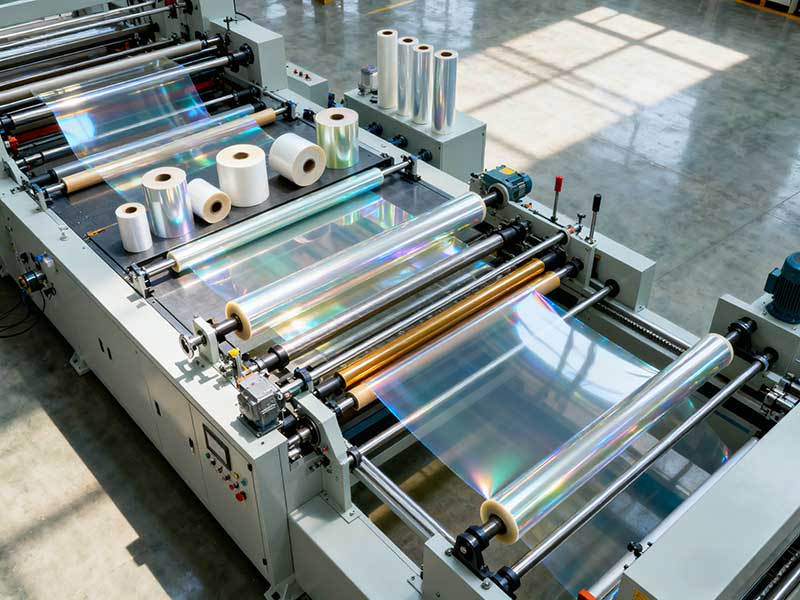 Film slitting machines: customized solutions for multi-industry applications
Film slitting machines: customized solutions for multi-industry applications Demystifying: The technological innovation behind high-performance film slitting machines
Demystifying: The technological innovation behind high-performance film slitting machines